
How To Maximize Your Efficiency As A Filmmaker
One of the most difficult parts of being a professional filmmaker is effectively managing and budgeting your time.
Continue ReadingBy Kevin Graham
If you’ve used any sort of stock assets like footage or music, you’ve probably come across the term “Royalty-Free”.
But what does this really mean? Is it actually free to use entirely?
“Royalty-Free” simply means that once you’ve legally licensed the clip or song (typically through a membership or a standalone purchase from a stock media company like Filmpac) you can use it indefinitely, within the license terms, without ever having to pay more.
But let’s say you licensed a song for a YouTube video. If you wanted to also use that song in a national TV commercial, the original license would probably not cover that usage, so you’d have to purchase a new license at a different cost.
But again, even this new license would be a one-time fee, and you’d never have to pay more for that usage.
Most stock content is “Royalty-Free”, so as long as you double-check the license terms, you can spend less time worrying and more time creating.
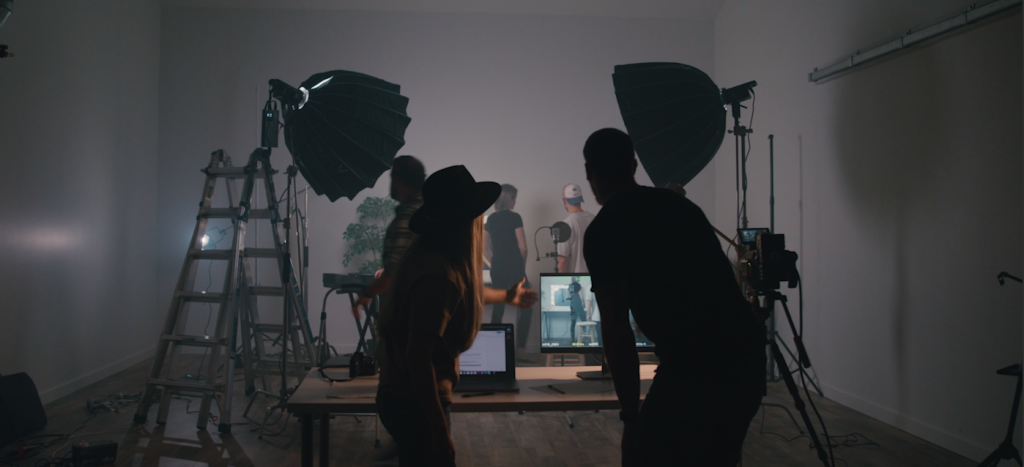
When you hear the term “royalty-free”, think of it as getting a golden ticket to use creative works without the hassle of paying royalties each and every time you use it. Keep in mind that this concept applies to various types of content, like images, music, and even photos.
Now, let’s break it down a bit. As mentioned above, it implies that once you pay for it, usually through a royalty free license, you won’t have to pay royalties each time you use it. This is super handy, especially when using these elements in projects where tracking every use would be a nightmare.
Remember though, “royalty-free” doesn’t equate to “copyright free.” Copyright law still applies, and the content is still the intellectual property of the creator. It just means that the standard royalty-free license gives you more freedom to use the content without the ongoing cost of paying royalties. This is particularly beneficial for content like free music or images that you want to use repeatedly, be it in videos, presentations, or any digital media.
Royalty-free generally means ease and efficiency in using creative content legally, without the worry of ongoing costs. But always remember to always respect the boundaries of copyright law and the terms of the royalty-free licenses.
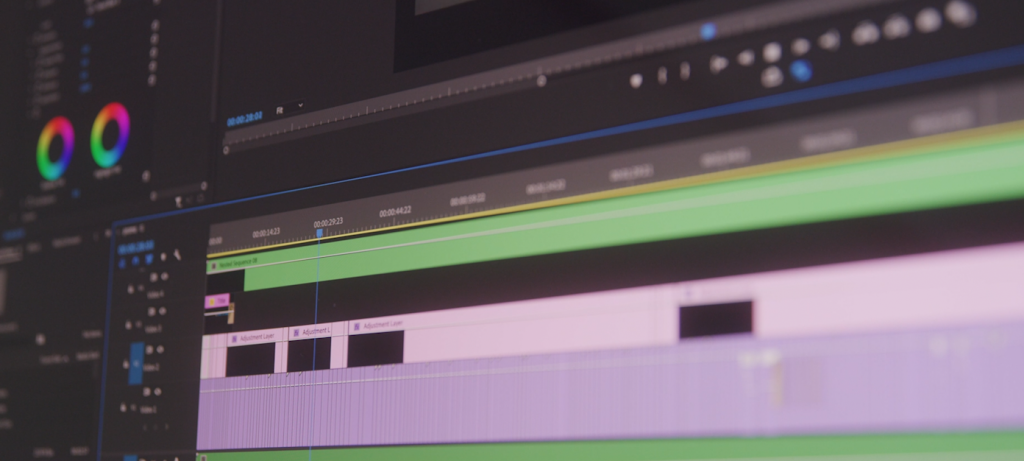
Let’s clear up a common misconception. When you hear about royalty-free music, images, or any content, it’s easy to jump to the conclusion that it’s free of charge. Spoiler alert: that’s not quite the case.
It’s best to think of royalty-free as a one-time payment deal. You pay upfront for a royalty-free license, and then you’re set to use that catchy background music or royalty-free image as many times as you want in your projects, again, per the license agreement. It’s like buying a ticket that lets you ride as many times as you want, rather than paying for each ride.
But here’s the kicker: the cost of royalty-free images or other content can vary. While you’re not paying royalties every time you use it, the initial cost depends on the content’s quality, the provider, and the specific terms of the royalty-free licenses. Plus, remember that “royalty-free” doesn’t strip away the rights of the original creator. You’re still bound by copyright law, ensuring that the intellectual property of the creator is respected.
So, in a nutshell, while royalty-free content eases the burden of paying royalties, it doesn’t mean you’re getting everything for free. It’s more about convenience in using the content within the bounds of the law and with respect/credit for the creators.
Don’t worry, it’s not as tricky as it sounds.

Firstly, identifying royalty-free content, be it royalty-free music, images, or any other form of media, usually starts with the source. Reliable platforms that offer royalty-free licenses will clearly label their content as “royalty-free.” This means you can use these resources without the worry of paying royalties each time it’s utilized in your projects.
But it’s not just about spotting the “royalty-free” tag. You also need to dive into the details of the royalty-free license itself. Different providers might have varying definitions of what royalty-free means. So, reading the fine print is key. Look for terms that specify what you can and can’t do with the content, how many times you can use it, and any restrictions that might apply.
Also, don’t confuse royalty-free with copyright-free. The latter means the content is free to use without any legal restrictions, which is not the case with royalty-free content. Copyright law still governs these resources, and they remain the intellectual property of their creators.
So if you’re ever unsure, don’t hesitate to ask! Most platforms are pretty straightforward about whether their content is royalty-free or not. And remember, if it seems too good to be true (like royalty-free images cost being suspiciously low), it might just be. Always verify to avoid any legal hurdles down the road.
Identifying royalty-free content is all about being observant, understanding the terms of use, and respecting the boundaries of intellectual property.
Creative Commons licenses are a big deal in the area of sharing and using content.
Creative Commons (CC) is a global nonprofit organization that enables sharing and reuse of creativity and knowledge through free legal tools. Essentially it’s like a magic tool for content creators and users, offering various types of licenses that allow content to be used in different ways.
These licenses range from the most permissive (like CC0, which is basically a public domain designation and allows for nearly unrestricted use) to more restrictive ones (like CC BY-NC-ND, which means you can use the work, but not for commercial purposes and you can’t make derivative works). The beauty of Creative Commons licenses lies in their flexibility and the power they give both creators and users.
Each CC license answers two major questions: Can the work be used for commercial purposes? And can it be modified or adapted? Based on the answers, you’ll find different combinations in CC licenses. For example, “BY” means attribution is required, “SA” stands for share alike, “ND” for no derivatives, and “NC” for non-commercial.
What’s really cool about Creative Commons licenses is that they make it easier to use and share content legally and ethically. They’re often used for royalty-free photos, educational materials, and even music. It’s a way of saying, “Hey, you can use my work, but here are the rules.”
Remember, while Creative Commons licenses offer more freedom, they still respect the fundamental essence of copyright law. It’s all about balance – giving creators control over their work while also allowing it to be shared and enjoyed by others.
Royalty-free content is like a Swiss Army knife in the creative world, incredibly versatile and useful in numerous scenarios.
One of the most common places you’ll find royalty-free music is in the background of YouTube videos. Creators love these tracks because they can use them without worrying about ongoing fees. It’s a one-and-done deal that keeps their content lively and engaging.
Then there are the royalty-free images. These are a godsend for bloggers, website designers, and digital marketers. Need a stunning image for your blog post or website banner? Royalty-free images come to the rescue, offering high-quality visuals without the headache of negotiating individual usage rights or paying royalties for each view or print.
Think about presentations and corporate projects. Here, royalty-free content shines by providing professional-grade photos, illustrations, and music, all without the complexity of traditional licensing agreements. It’s all about making your work look and sound great, hassle-free.
And let’s not forget about social media marketers and advertisers. They often turn to royalty-free content to jazz up their campaigns. Why? Because it’s an efficient way to source quality content that aligns with their brand message without the risk of copyright infringement.
In educational settings, too, royalty-free content is a valuable resource. Teachers and educational content creators use it to make their lessons more engaging without straining their often-limited budgets.
Lastly, royalty-free content is a boon for independent filmmakers and video game developers. It allows them to incorporate professional-grade media into their productions without eating up their budget on licensing fees.
Kevin is the Music Director and Lead Composer at Filmpac.

One of the most difficult parts of being a professional filmmaker is effectively managing and budgeting your time.
Continue Reading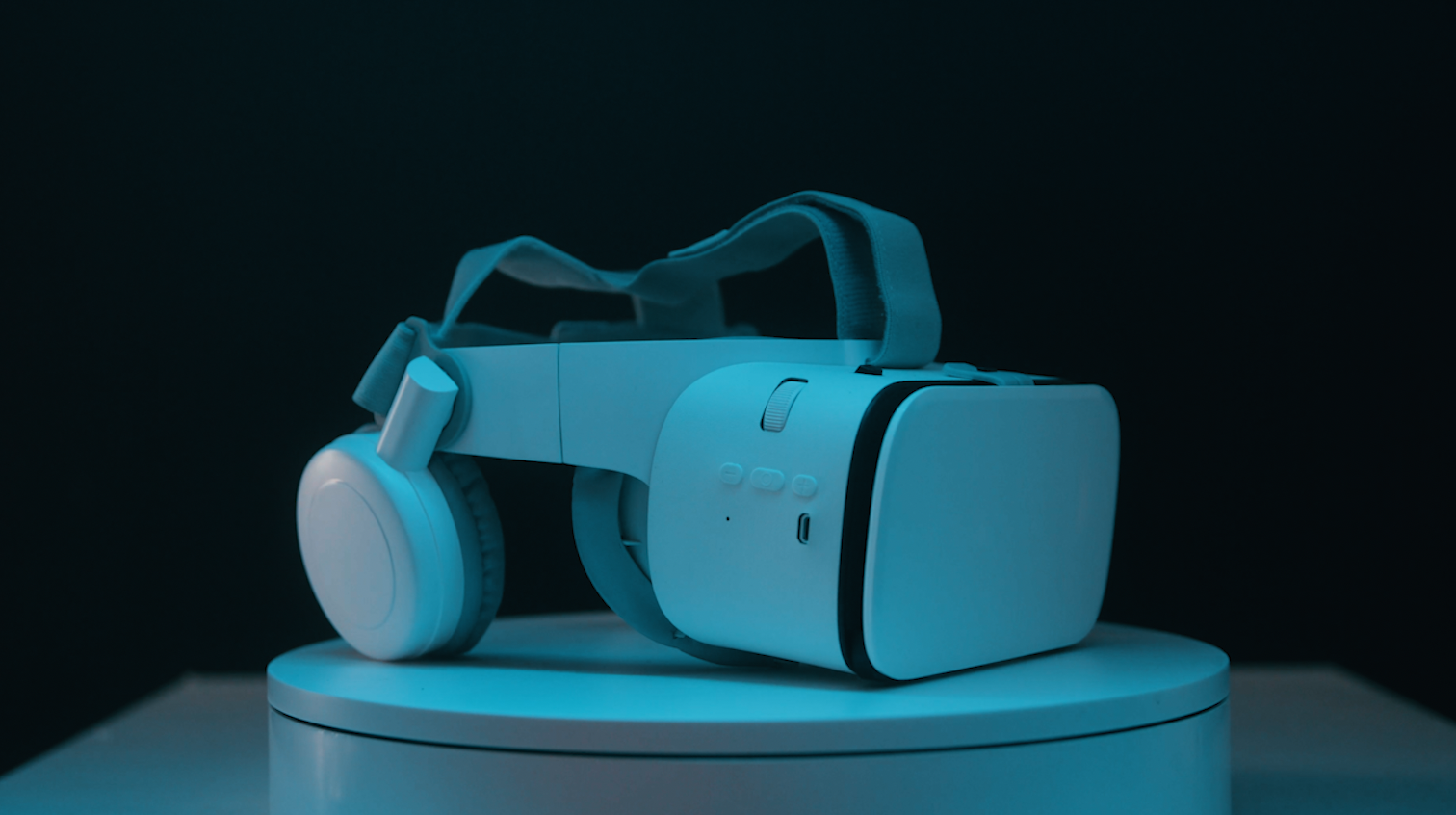
Virtual reality could be the biggest shift in the way we consume our content since the proliferation of the smartphone.
Continue Reading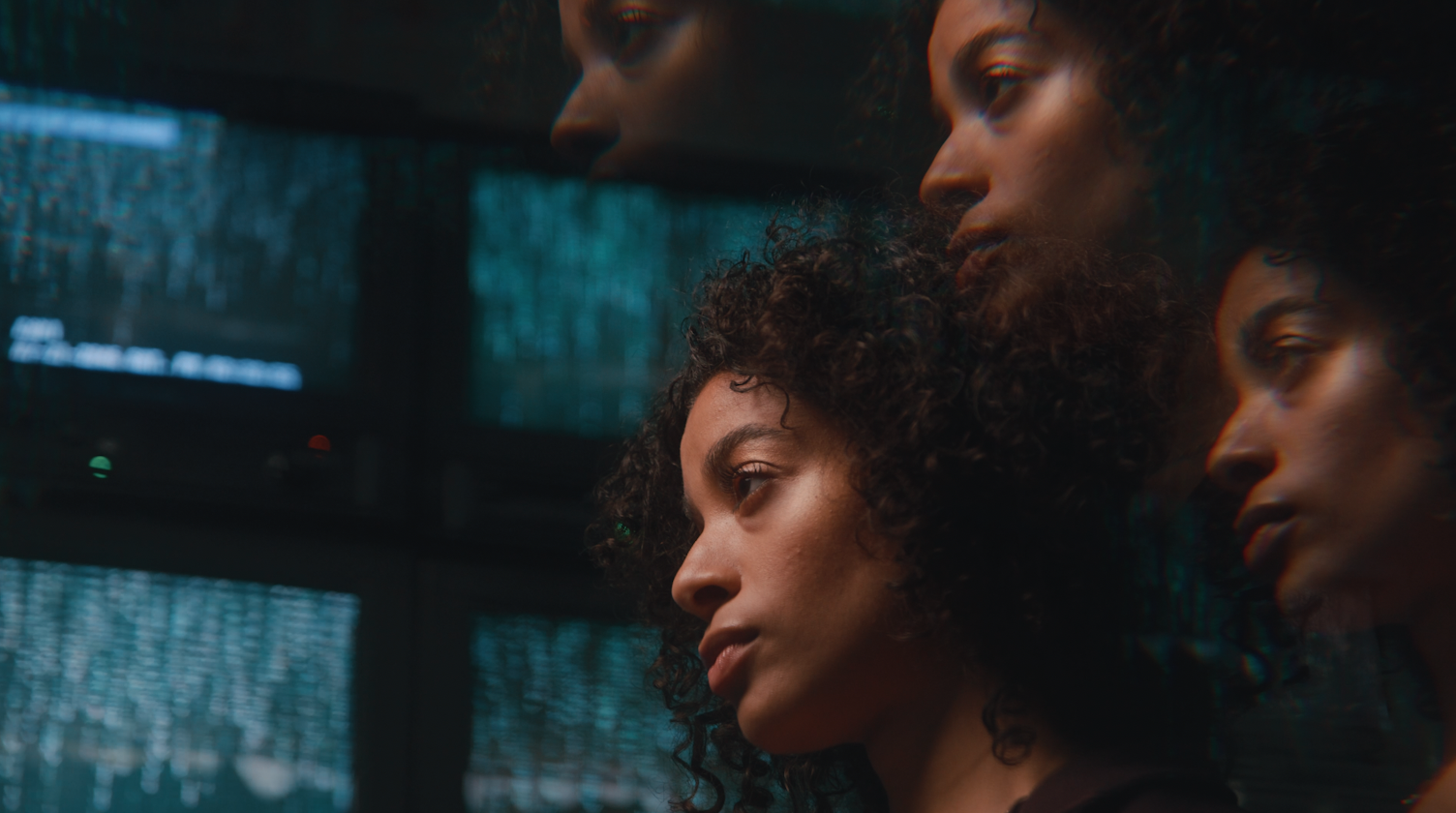
We know you work hard at your craft, and we want to invite you (yes YOU) to show us what you've got in our 10-day Ad Challenge!
Continue Reading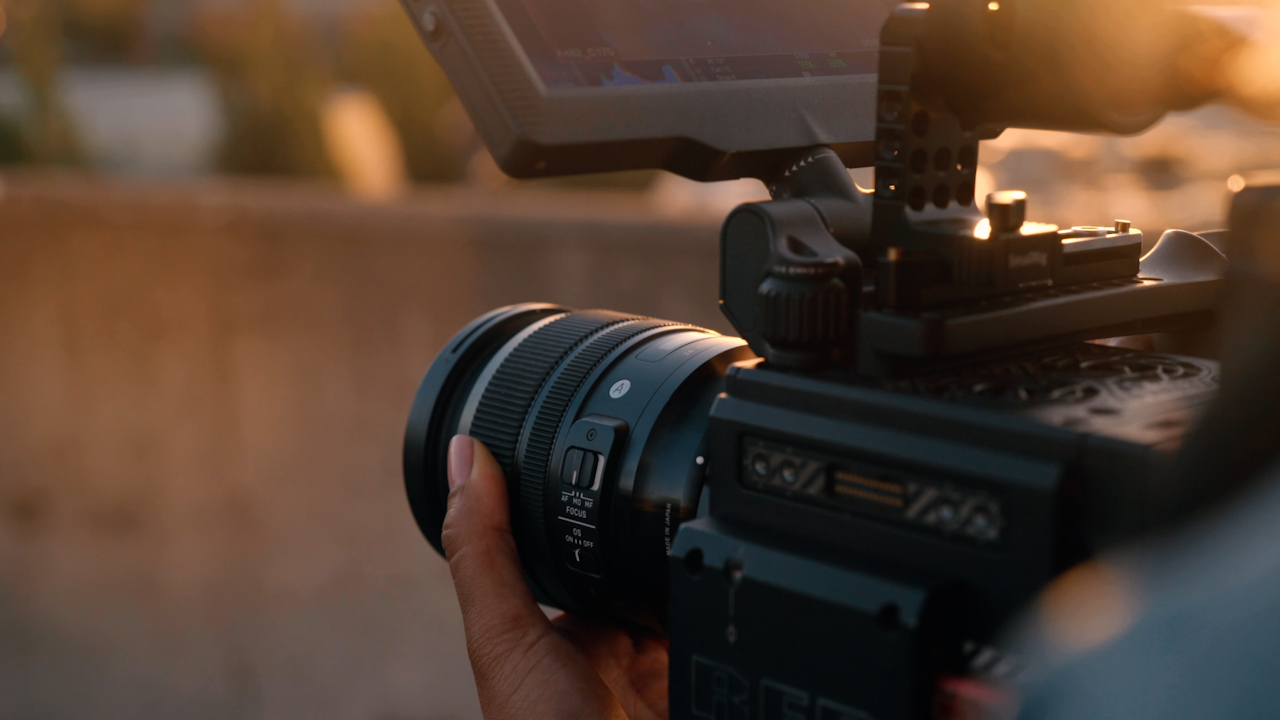
Will iPhone cameras ever actually replace high-quality digital cameras, or is that just more fear-mongering on the internet?
Continue Reading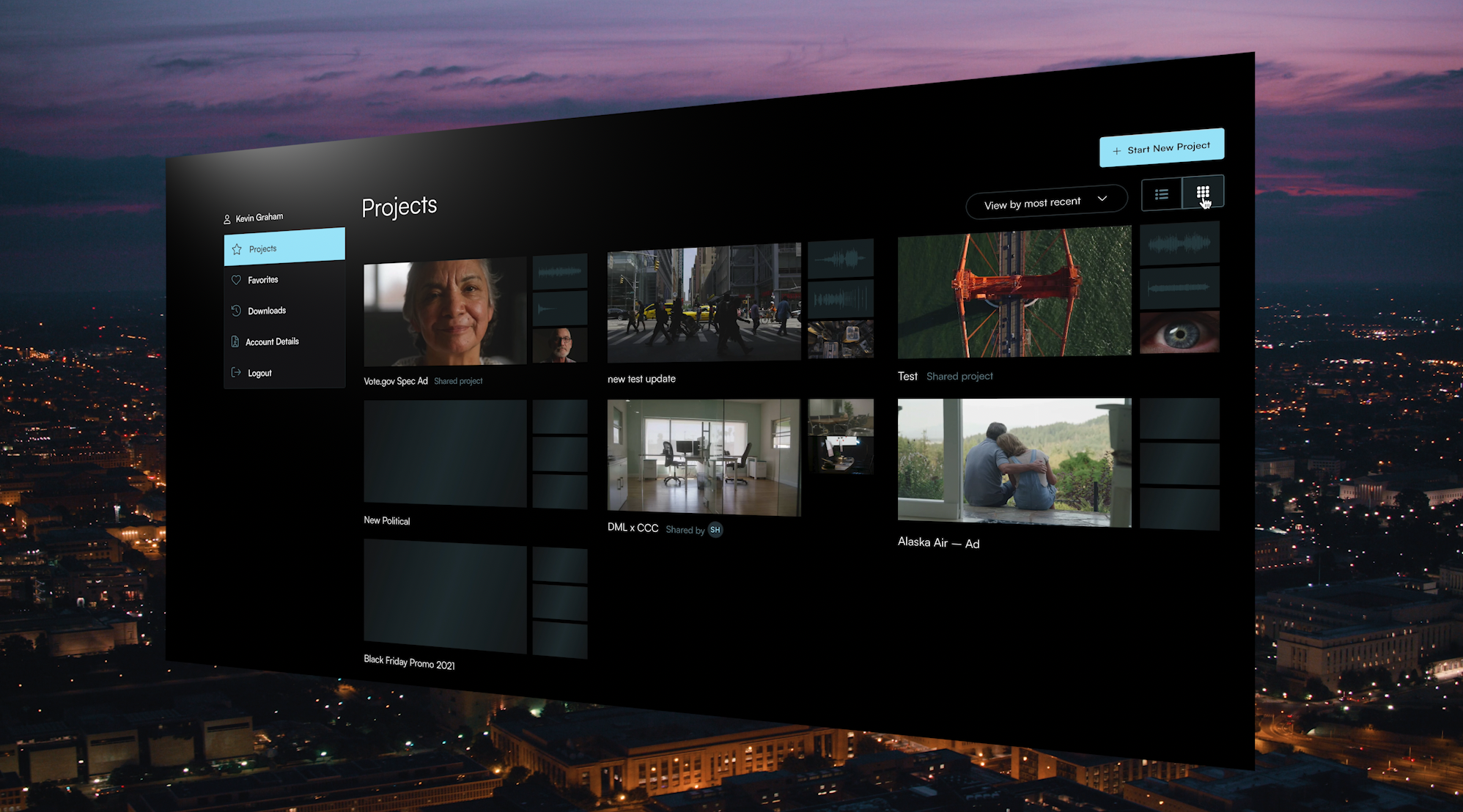
Filmpac’s newly-designed Project Feature is a powerful tool for collaborative video editing. Here’s a quick rundown of how it works.
Continue Reading

One of the most difficult parts of being a professional filmmaker is effectively managing and budgeting your time.
Continue Reading
Want to make money selling footage through a major stock footage platform like Filmpac? This page will walk you through the processs.
Continue Reading